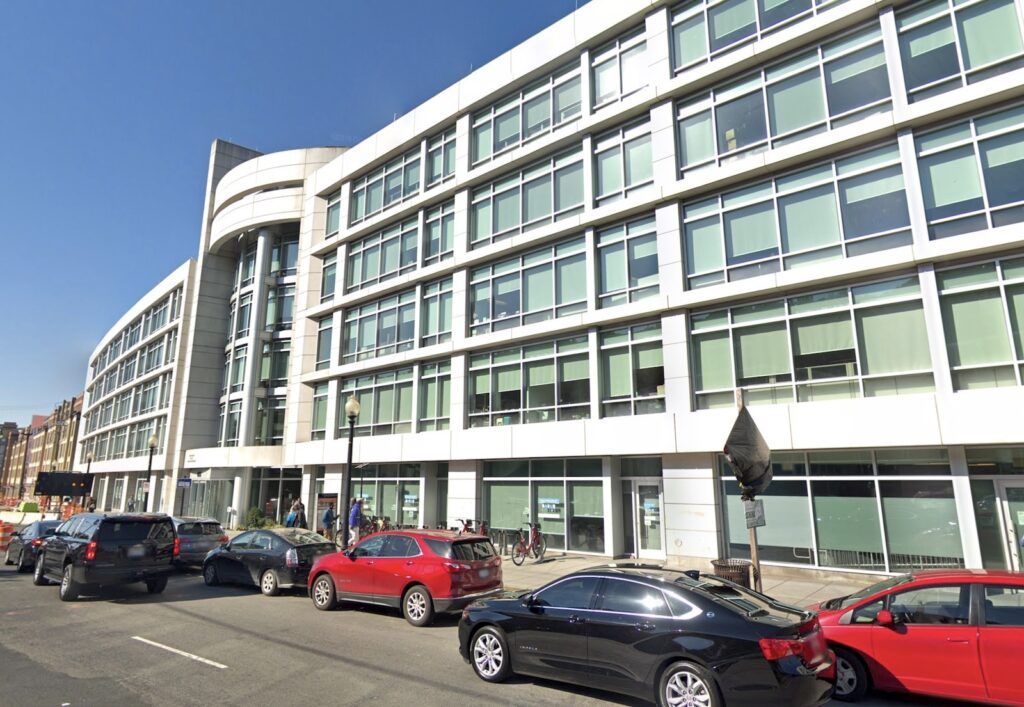The Georgetown Center on Poverty and Inequality released a report called “Lessons Learned From 40 Years of Subsidized Employment Programs.”
The report’s authors analyzed more than 40 subsidized employment programs from the past 40 years and came to several conclusions. First, workers in the study’s most successful programs earned higher wages after participating. Second, workers and their children had reduced involvement with the Criminal Justice System. Third, the children of those who had participated had higher rates of school completion. Finally, the most successful programs ended up more than paying for themselves.
Peter B. Edelman and Indivar Dutta-Gupta discussed the report in a call with press. Edelman, the Faculty Director at the Georgetown Center on Poverty and Inequality, is Carmack Waterhouse Professor of Law and Public Policy at Georgetown. Dutta-Gupta is a Senior Fellow at the Center on Poverty and Inequality and is the Director of the Project on Deep Poverty.
“We’re looking for solutions to persistent long term poverty,” said Dutta-Gupta. “We know about these problems and what kind of models work best.”
Subsidized employment programs use public funding to employ and fully or partially pay the salaries of those who cannot find stable employment in the regular labor market. This specific study focused on nine groups who could potentially benefit from subsidized employment, including people experiencing homelessness.
The report sought to identify the kinds of programs that are most beneficial for those who face multiple or severe barriers to employment. “Regular job training programs—we weren’t looking at those,” said Dutta-Gupta. “They’re good programs, but we went deeper than that in terms of clientele.”
The written report ends with a call to continue improving employment programs as the job market changes and new challenges to employment arise. The authors acknowledge that many barriers to employment intersect, making it extremely difficult for some populations to find and keep productive employment.
“Despite the proven success of such programs [in this study] under an array of economic circumstances and for many diverse populations, continued exploration through pilot programs, demonstrations, and studies is necessary in order to most effectively target subpopulations and communities,” the report said. “In addition, even the most well-substantiated programs may need to adapt as employer needs and worker challenges change over time, and thus should prioritize innovative solutions.”
Edelman added: “We feel very certain – and we are not alone – that there is an imperative to find a solution to unemployment.”








